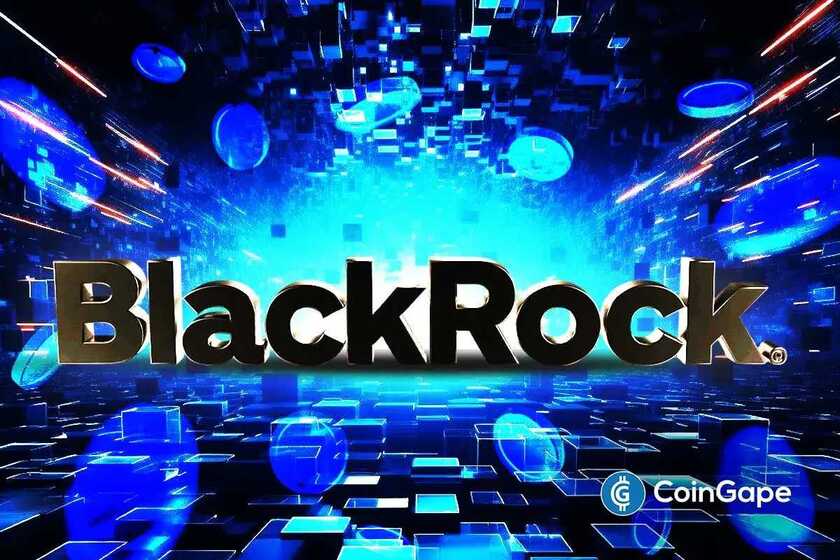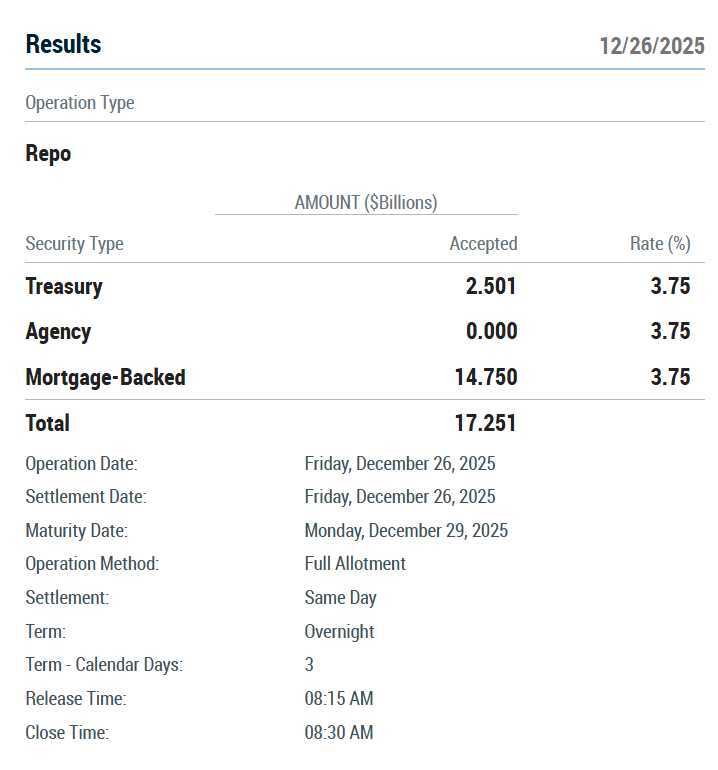For the last six months the European Central Bank (ECB) has been orchestrating wholesale DLT settlement trials using central bank money. More than 70 institutions have taken part, with three different payment options available. Today three of the most active participants – Deutsche Börse’s Clearstream, DekaBank and Union Investment – shared their lessons as part of a Frankfurt School Blockchain Center event.
One of the three payment options was the Bundesbank’s Trigger solution, which has its own blockchain that triggers a payment on the Target2 payment system. The Banque de France has its DL3S blockchain that tokenizes central bank cash as a pilot wholesale CBDC. And the Bank of Italy provided its TIPS Hashlink solution, a lightweight escrow smart contract for the TIPS payment system which requires little infrastructure investment.
All the participants were extremely positive about the trials and keen to see them continue. The combination of tokenization and central bank money can cut costs, reduce risks and yield efficiencies. Several times they mentioned the potential for a digital capital markets union, as recently discussed by ECB Director Piero Cipollone.
Another consensus was the desire to hear the ECB’s roadmap for next steps before the settlement trials finish at the end of this month.
Calls for the wholesale DLT settlement trials to continue
Clearstream’s Thilo Derenbach and Dekabank’s Michael Cyrus want to avoid losing momentum. Hence, they are both keen to keep the settlement solutions available.
“We would strongly recommend that the ECB does not now close the trial period and wait for many months or possibly years to then proceed with scalable BAU (business as usual) sort of implementation of the payment rails,” said Mr Derenbach. “Rather communicate soon to the market how the continued ongoing usage of one, two or three or other payment solutions would be made available. The market is ready.”
Mr Cyrus expressed a similar sentiment, noting that the Bundesbank’s Trigger solution had been around for two years before the trials started. “Now if we have to wait another two or three years, this would be a clear sign that innovation is not coming to the market as quick as we like and I think as quick as the market is ready for,” said Mr Cyrus.
That kind of continuity would allow market players to focus on building out other aspects of the ecosystem, such as secondary markets. He noted that relatively few asset managers were buying the tokenized issuance because of a lack of secondary markets and the need for digital securities to be eligible as collateral for central bank activities. Digital securities should be treated the same as conventional securities.
Ideally he would like to see the Trigger solution remain available. Experimentation with tokenized commercial bank money would also be desirable.
We previously highlighted that German firms dominated the trials which works in favor of the Trigger solution, as opposed to a decision purely on the merits of each option.
Wholesale CBDC in medium term
While all three participants were reluctant to select one solution over others, the Trigger solution came to the fore. Arguably, for a digital capital markets union, broadening the options could be on the cards. We’d note that the Bank of Spain is also developing a solution. Spain’s developer is the technology partner for Fnality, the wholesale tokenized payment solution that is already in production.
All three institutions seemed to envision a wholesale CBDC as the ultimate solution, with the use of existing payment rail integrations such as the Trigger and TIPS Hashlink solutions, seen as more important in the short term.
Union Investment’s Christoph Hock said he’d heard that it would take at least two years for the Banque de France’s wholesale CBDC to go into production. “Stablecoins could come into production already in 2025. I think a wholesale CBDC solution by the ECB somewhere in 27/28 potentially wouldn’t be helpful for the market,” he said. Hence he suggested a production version of the Trigger solution could be ready in late 2025 or early 2026 and in the meantime work could progress on the wholesale CBDC with the Banque de France.
Mr Hock also observed the important role that the central banks in Switzerland and Singapore have played in making their countries leaders in the tokenization space. Switzerland has extended its six month wholesale CBDC pilot for a further two years. He envisions that the Bundesbank in combination with the ECB could launch a world first with a production Trigger solution.





























